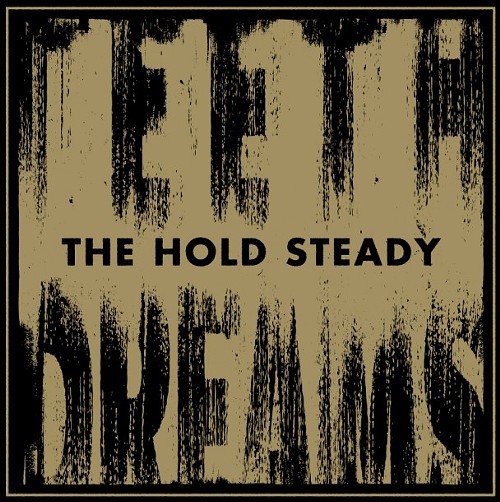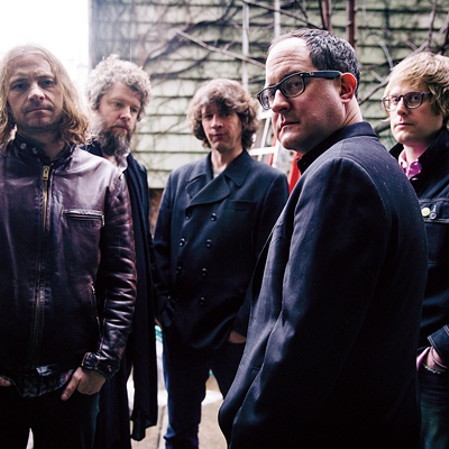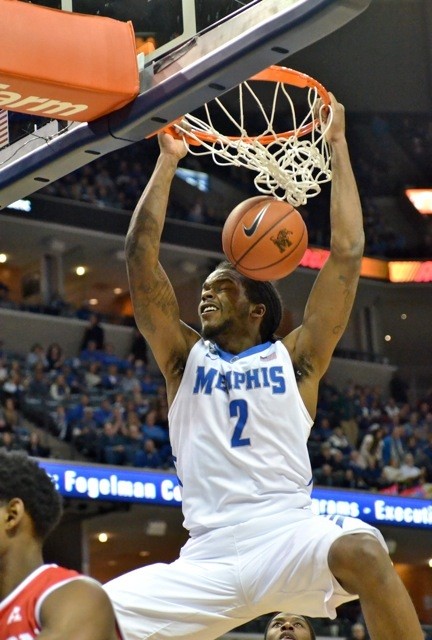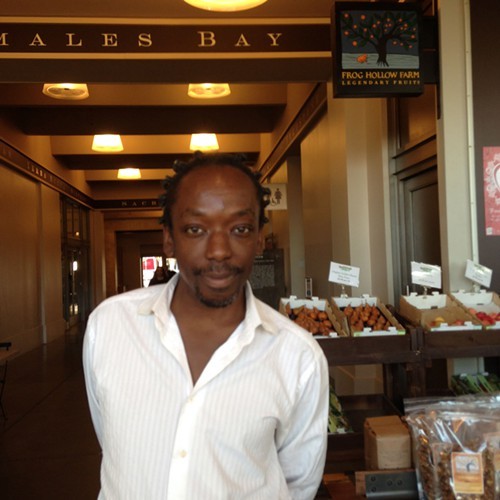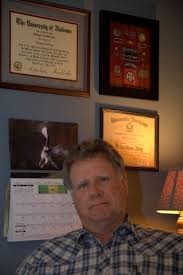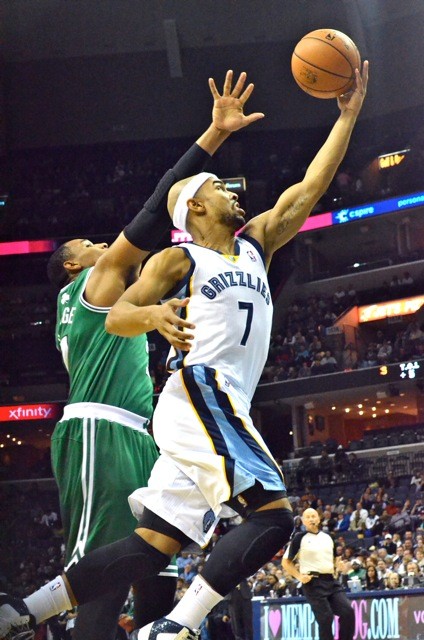
- Larry Kuzniewski
- Jerryd Bayless was the first Griz player to be traded this year, but it’s unclear whether he’ll be the last.
When the regular season was about to start, I wrote a preview for the print edition of the Flyer in which I put forth the ten big questions that would be facing the Grizzlies as a team and a franchise over the course of the 2013-14 season. Yesterday, I looked at the first five questions to see if they’d been answered yet. Today, I’m going to look at the other five questions from that preview piece and take stock of where the Grizzlies are with the halfway point of the season coming up between tonight’s game in Houston and tomorrow’s game in Memphis.
6. If the Grizzlies struggle this year, what will that do to their burgeoning fan base?
This is an interesting one. In the preview piece, here’s what I said:
To be clear, I don’t think the team will trend downward this year, but the Western Conference Finals are a high bar that not many teams are able to reach—much less reach two years in a row. If the team’s newly-won fans expect the same level of performance this year, and things start to go south, it could create some interesting tension around the team.
Interesting tensions, indeed. Maybe I spend too much time on the Internet, but it seems to me like a small segment of Grizzlies fans are completely enraged by everything that has happened with the team since the last buzzer of WCF Game 4 sounded back in May. People are still talking about “If Lionel Hollins was still the coach…” The same group of fans used Ed Davis’ early-season struggles as proof that he was never going to be any good. I’m surprised they haven’t started calling for the head of Nick Calathes on a platter.
To be clear: there are legitimate issues and complaints to be made about this year’s team, especially as it pertains to the struggles experienced by a first-year head coach and a team that has only looked “right” for two or three heartbreakingly short stretches this season. I stand by what I said back in November, though: “Make it back to the Western Conference Finals or the year is a failure” was a standard that probably wasn’t going to be met even if everything had gone perfectly for the Grizzlies so far.
With any luck, the Grizzlies will be engaged in a thrilling playoff race and clinch the 8th seed and make it into the postseason, and that’ll be the end of the… what did Calipari call them? Miserables? But we’ll see. On the Internet, anyway, there’s clearly a division among Griz fans between “Keep it the way it was” and “The new guys know what they’re doing”. Hopefully that’s just an outgrowth of the turmoil the team has been going through this season. Winning covers a multitude of sins.
7. What will be the first in-season roster move the Grizzlies make?
I speculated that the Grizzlies would try to move Tayshaun Prince and/or Jerryd Bayless. Prince because of his contract, and Bayless because the front office wasn’t expecting him to pick up his player option and return to the Grizzlies this season—but as soon as it was apparent that Lionel Hollins wasn’t returning, Bayless did just that.
[jump]
I was partially right. The real roster move made this season was the addition of athletic black belt power dunk maniac James Johnson from the D-League’s Rio Grande Valley Vipers (the Rockets’ NBDL affiliate). Johnson had a good first three seasons in Chicago and Toronto, but ended up on the Kings last year and struggled, and as a result he wasn’t signed by any teams in the offseason. Finding Johnson and adding him to the Grizzlies’ injury-addled wing rotation provided an instant injection of energy and athleticism, two traits that were severely lacking from the word go this season.
The first trade, however, was one of my two suspected candidates: Jerryd Bayless was sent to Boston in exchange for Courtney Lee and a second round pick. (Some pick-and-money voodoo happened with Oklahoma City in the deal to allow them to rid themselves of Ryan Gomes, too.) Lee, though he makes more money than Bayless, has proven to be a great long-range threat and his defensive abilities have made the Grizzlies miss the injured Tony Allen much less than they would have otherwise. Even if one is concerned primarily about money, the deal makes sense (assuming Zach Randolph is actually going to opt out of his big player option and sign with the Grizzlies for a longer term deal for less money).
I don’t think the Griz are done dealing, either. As I’ve explored previously, they have several things they could do. The trade deadline is February 20th. I’m betting we’ll see at least one more deal, maybe a small one, happen by then.
8. Is the Wi-Fi in the FedExForum going to work this year?
Answer: Kind of… sometimes?
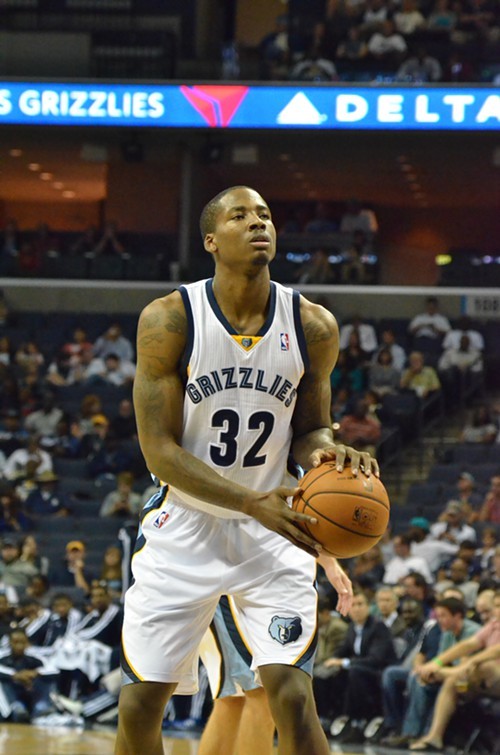
- Larry Kuzniewski
- Ed Davis and Jon Leuer have cut into Kosta Koufos’ minutes.
9. What effect will Kosta Koufos have coming in off the Grizzlies’ bench?
This is a tough one. Coming into the season, the excitement over the Grizzlies’ addition of Koufos over the summer was related to Marc Gasol: Koufos, a starting-quality center, was going to be the first high-quality backup center the Grizzlies have had in years. Koufos’ impact was going to be that Gasol would no longer have to play 40 minutes a night just to keep the Grizzlies in games—and maybe they’d even play together in twin towers high/low sets.
The injury to Gasol meant that Koufos had to be much more than a backup; he had to be the Grizzlies’ starting center for 22 games. The Grizzlies’ offense at that time still continued to operate like Gasol was on the floor, and Koufos ended up in lots of uncomfortable situations where he was having to make neat passes out of the high post—not something that’s a particular strength of his game.
Koufos’ per-36 numbers are good: 13 points and 11.6 rebounds, 1.8 blocks, just under 1 assist. But as JoergerBall started to evolve in Gasol’s absence, Koufos got squeezed out of the rotation a bit, seeing his minutes drop as Ed Davis and Jon Leuer established themselves. Now, with Gasol’s return, the rotations will shift again, and it remains to be seen where Koufos fits in to that picture. Will he regain his spot as The Backup Center and spell Gasol while playine 15-18 minutes a night? Or will he become the odd man out and end up being traded to a team for some asset the Grizzlies need, maybe a backup point guard if The Calathes Experiment works out badly? We’ll know that by the trade deadline.
10. Where will the Grizzlies finish in the Western Conference this year?
Ha. I tried to make my best guess, but there are so many variables in play right now that it could be anywhere from seventh to eleventh. My original, optimistic prediction was “anywhere from second to sixth” and that, of course, fell by the wayside a couple of injuries ago. It’s an uphill slog for the Grizzlies, to be sure, but this team has good chemistry and has buckled down with their backs against the wall before. I think they’ll manage it somehow, but that may just be optimism again.
Some of the questions hanging over the Grizzlies at the beginning of the year have been answered, while some have just generated new questions. What are questions you think the Grizzlies face from here to the end of the year?
